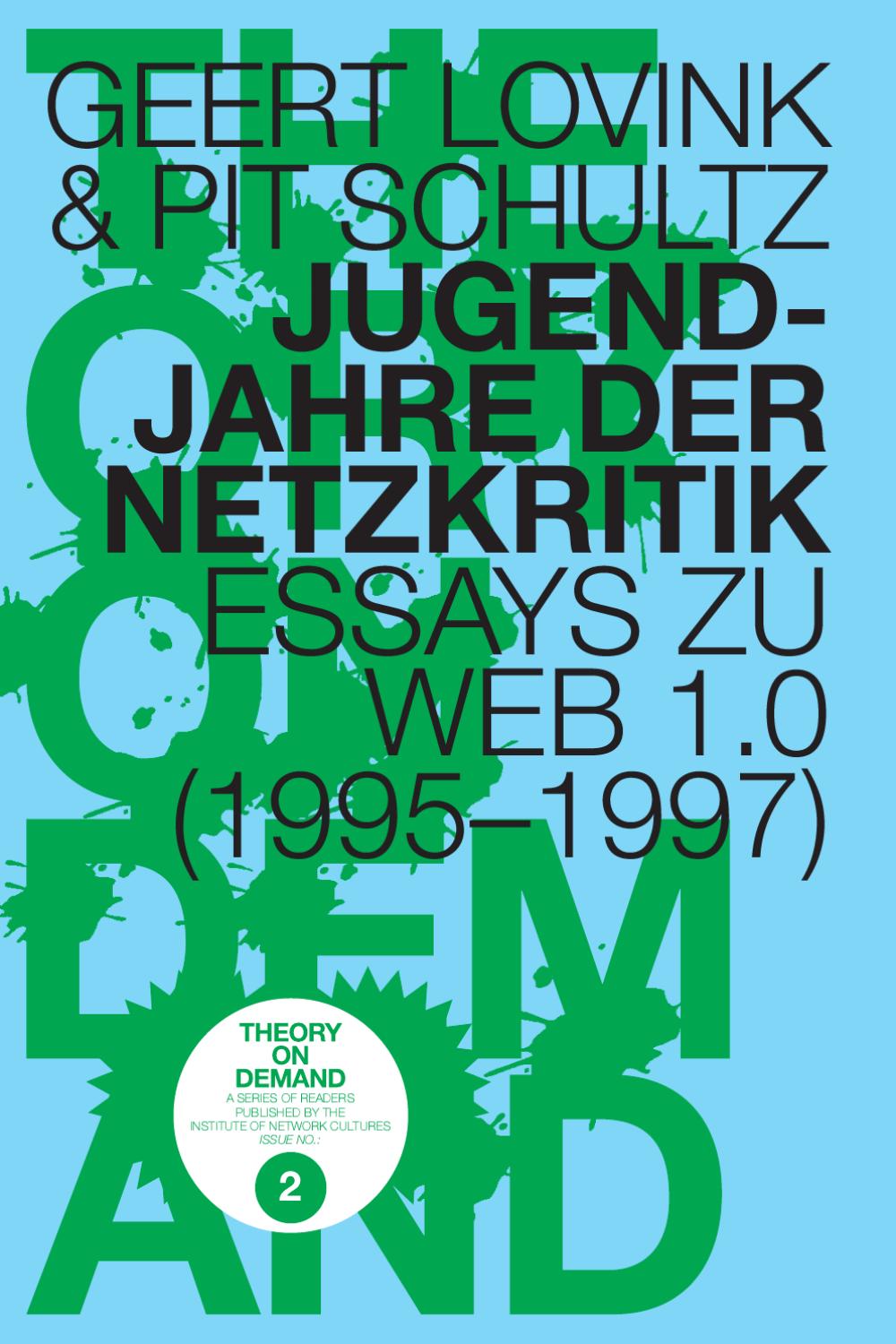VideoChronic: Video Activism and Video Distribution in Indonesia (2009)
Filed under report | Tags: · activism, democracy, indonesia, media activism, politics, tactical media, video, video art
VideoChronic publication is the result of a collaborative research project charting how activists are engaging with video technologies in Indonesia, addressing some of the issues of technology-mediated social movements, and exploring the potential and limitations of online video distribution.
The past decade in Indonesia has seen a dramatic increase in the use of video as a social change tool by community, campaign and activist organisations. Access to the tools for producing video have become increasingly democratised over this period, and rapidly adopted. Since the fall of Suharto’s New Order regime, space has been opened up for a host of new media projects to emerge. Individuals and organisations dealing with issues such as the environment, human rights, queer and gender issues, cultural pluralism, militarism, poverty, labour rights, globalisation and more have embraced video as a tool to communicate with both their bases and new audiences.
What groups are currently active in producing social and environmental video in the archipelago? What are the histories of that work? How is it currently being distributed? How are activists thinking they might approach distribution in the future?
Key researchers: Ferdiansyah Thajib M.A. and Nuraini Juliastuti M.Sc.
Project Manager & Editor: Andrew Lowenthal
Publisher: KUNCI Cultural Studies Center and EngageMedia, Nov 2009
ISBN: 978-0-646-52000-1
140 pages
Licensed under Creative Commons: Attribution, Non-Commercial, Share-Alike 2.5 Australia
Megan Boler (ed.): Digital Media and Democracy: Tactics in Hard Times (2008)
Filed under book | Tags: · activism, alternative media, democracy, internet, journalism, mass media, media activism, politics, tactical media, technology, youtube

In an age of proliferating media and news sources, who has the power to define reality? When the dominant media declared the existence of WMDs in Iraq, did that make it a fact? Today, the “social web” (sometimes known as Web 2.0, groupware, or the participatory Web)—epitomized by blogs, viral videos, and YouTube—creates new pathways for truths to emerge and makes possible new tactics for media activism. In Digital Media and Democracy, leading scholars in media and communication studies, media activists, journalists, and artists explore the contradiction at the heart of the relationship between truth and power today: the fact that the radical democratization of knowledge and multiplication of sources and voices made possible by digital media coexists with the blatant falsification of information by political and corporate powers.
The book maps a new digital media landscape that features citizen journalism, The Daily Show, blogging, and alternative media. The contributors discuss broad questions of media and politics, offer nuanced analyses of change in journalism, and undertake detailed examinations of the use of Web-based media in shaping political and social movements. The chapters include not only essays by noted media scholars but also interviews with such journalists and media activists as Amy Goodman of Democracy Now!, Media Matters host Robert McChesney, and Hassan Ibrahim of Al Jazeera.
Publisher MIT Press, 2008
ISBN 0262026422, 9780262026420
464 pages
PDF (updated on 2014-8-29)
Comment (0)Geert Lovink, Pit Schultz: Jugendjahre der Netzkritik. Essays zu Web 1.0 (1995 – 1997) (2010) [German]
Filed under book | Tags: · internet, media activism, media theory, net art, net criticism, net culture, tactical media, theory, utopia

“Dieses PDF / Print-on-Demand-Heft bringt eine Auswahl der Texte zusammen, in denen die Medientheoretiker und nettime-Gründer Pit Schultz und Geert Lovink zwischen 1995 und 1997 gemeinsam die Grundzüge des Konzepts der Netzkritik formulierten. Damals auf deutsch in verstreuten Publikationen erschienen und zwischenzeitlich weitgehend in Vergessenheit geraten, werden sie nun erstmals gesammelt veröffentlicht. Sie eröffnen einen Blick auf die frühe Phase der Entwicklung des Internets und die beginnende kritische Debatte, die durch eine besondere Diskussions- und Spekulationsfreude geprägt war. Das Internet stellte noch keine allgegenwärtige Realität dar, aber sein zukünftiges Potential war schon absehbar. Im Zentrum dieser Texte steht die Kritik der damaligen Cyberutopien, die die Grundlage für die spätere Dotcom-Manie schafften. Weitere Schwerpunkte sind die Kunstpraxis (net.art), die Deutsche Medientheorie und Gegenöffentlichkeit (taktischen Medien).”
Editorial support: Andreas Kallfelzslation
Publisher Institute of Network Cultures, Amsterdam, 2010
Creative Commons BY-NC-ND 3.0 Netherlands License
Theory on Demand series, 2
ISBN 9789081602143
PDF, PDF (updated on 2018-5-31)
Issuu

